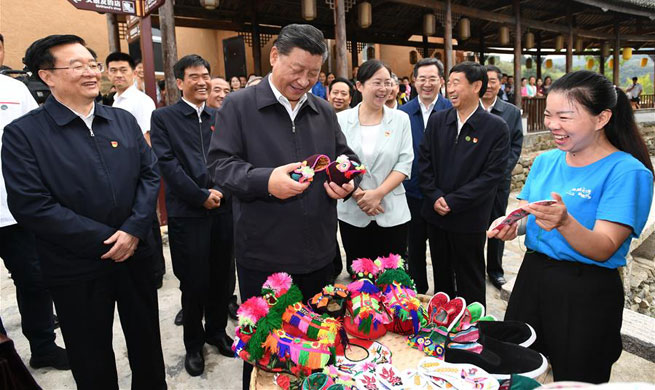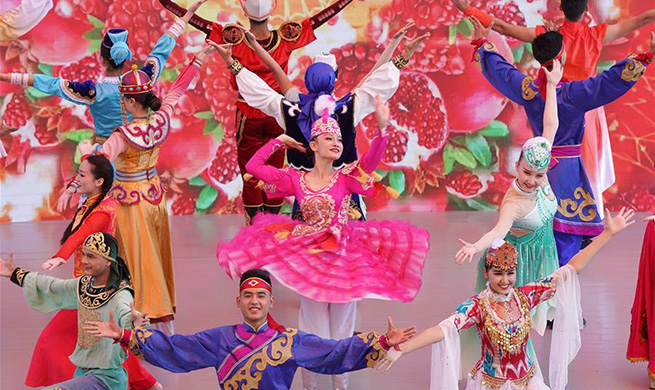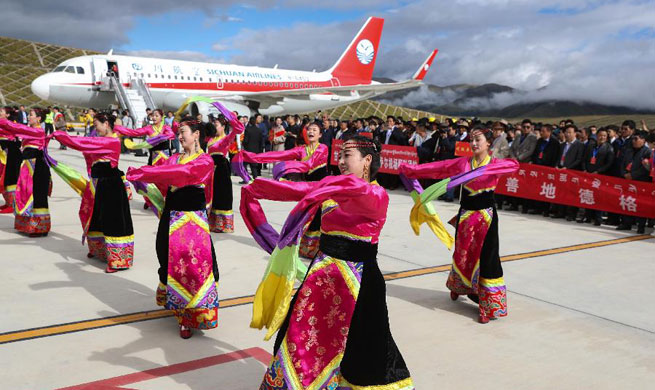BEIJING, Sept. 17 (Xinhua) -- In the past 70 years, China's total population has increased to nearly 1.4 billion in 2018 from 540 million in 1949, bracing for remarkable demographic shifts toward a healthier and more educated population.
LIFE EXPECTANCY DOUBLED
Suffering from a scarcity of food and underdeveloped healthcare, the average life expectancy of Chinese people was merely 35 years in 1949.
However, with full basic medical coverage and significant breakthroughs in the treatment of critical illnesses achieved, the life span of Chinese people has more than doubled to 77 years in 2018.
Meanwhile, the infant mortality rate, another important marker of the overall health of a country, also witnessed a stark contrast from 200 deaths per thousand live births since the founding of New China to 6.1 deaths per thousand live births in 2018.
Over the last few decades, China's continuous efforts to cure infectious diseases have paid off. Smallpox has been eliminated, and endemic diseases, such as iodine deficiency disorders, have been effectively controlled or eliminated.
With minor illnesses no longer an issue, leading a healthy life has increasingly become the norm of Chinese people. The Chinese government has issued a Healthy China initiative to promote people's health.
Boosted by the nationwide sports vibe, the amount of active monthly users in China's fitness sports industry rose 1.7 percent year on year to 64.22 million by the end of May 2019, an industrial report showed.
FROM DEMOGRAPHIC DIVIDENDS TO TALENT DIVIDENDS
After going through a rapid growth period from 1949 to 1970, China's population has been steadily expanding at a slower pace, settling at a rate of about 0.5 percent since 1991.
Even though the world's most populous country has seen a downward trend in the number of working-age people in recent years, its gross workforce remained at about 900 million in 2018.
Talent dividends brought about by improved education levels, which have replaced demographic dividends as the engine boosting economic growth, are beginning to emerge as a solid base for economic development.
Over the past 70 years, the education level of Chinese people has achieved quantitative leaps from an 80-percent illiteracy rate and less than 20 percent of the primary school enrollment to having nearly one in three people with a high school diploma or above.
The average schooling years of working-age people rose to 10.63 years in 2018 from just over eight years in 1982.
With a more educated population, China's vast workforce will continue to offer strong support for the country's high-quality development.

















